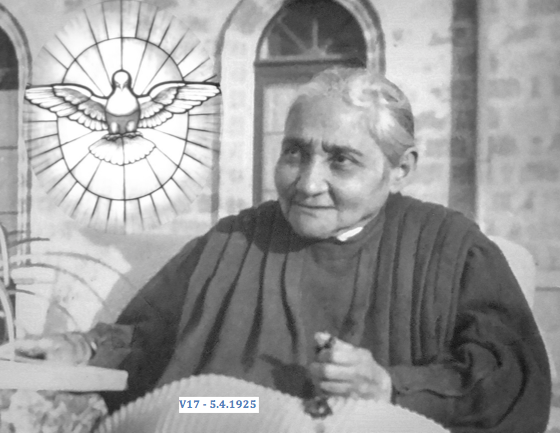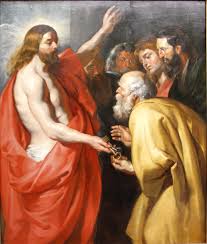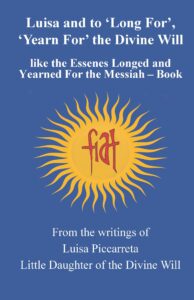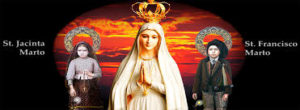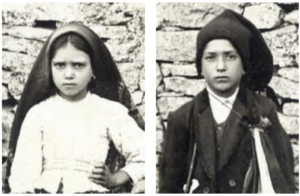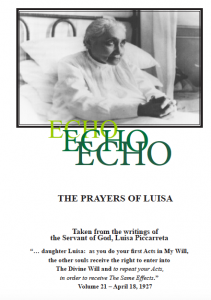
Archbishop, Monsignor Leonardo D’Ascenzo
click here for website
The first Sunday of Lent was certainly a memorable day for the city of Corato as it welcomed with great emotion the new Archbishop, Monsignor Leonardo D’Ascenzo.
Last January 14, with the Episcopal Ordination of Monsignor Leonardo D’Ascenzo, the Archdiocese of Trani-Barletta-Bisceglie, along with the cities linked to it, finally regained its Pastor, after the sudden loss of the Archbishop Giovan Battista Pichierri on 26 July 2017.
A community that felt and experienced in prayer its being “orphan” so that it could soon have its spiritual guidance. As already happened in Trani on January 27th, in Barletta on January 28th and in Bisceglie on February 4th, so, yesterday in Corato, we breathed an air of newfound paternity and thanksgiving to the Lord as He provided for everything and gave back a new Shepherd to His lost herd.
Around 5.00 pm Mons. D’Ascenzo was welcomed by the Mayor Massimo Mazzilli and the municipal administration at the city palace. This was the first stage of his visit. After having spoken about the Patron Saints, the Mayor referred to Luisa Piccarreta: “we pray you so that in your mandate,” he told the bishop, “you want to support her cause of beatification.”
Immediately afterwards, the bishop reached the Church of San Domenico for the “Lenten Statio”. Then, together with the ecclesial community and the many faithful who had gathered in the meantime to address a first greeting to him, He went in procession to the Mother Church Santa Maria Maggiore, for the solemn Eucharistic celebration.
On the notes of the song “Who will follow Me?” Bishop Leonardo made his entrance into the church that was already packed with faithful who joyfully greeted him with a warm applause. From the beginning we could certify his simplicity, his willingness to shake the hand of all those who wanted to do it, and he also paused for a few moments with the Little Children of the Divine Will. In addition to civil and military authorities, many voluntary associations were present.
“And I saw the holy city, new Jerusalem, coming down out of heaven from God, prepared as a bride adorned for her husband” (Rev. 21). With these words Don Giuseppe Lobascio, the zonal Vicar, wished to welcome, on behalf of the city of Corato, His Excellency Mons. D’Ascenzo. He explained that that was the image of our community at this time; it, all adorned like a bride, awaited its husband. Moreover, don Peppino also spoke of “the journey that this community is making to be a bride of Christ and become a holy community”.
Corato – the zonal vicar continued – is one of the most demographically extensive cities, where the harvest is plentiful, and thus recalling the words that the Archbishop chose for his episcopal motto “Messis quidem multa” (Lk 10: 2). Corato “has always been welcoming with migrants fleeing war and misery … it is a city that in the past years knew important figures from a spiritual point of view … like the Servant of God Luisa Piccarreta, a Dominican Tertiary who dedicated her life to God and was considered already a saint in her time; Mons. Luigi D’Oria, Don Ciccio Tattoli, Don Luca Masciavè: all priests who gave their lives for this community.”
“Corato – Don Peppino said – gave so many vocations to the priestly life and above all to the religious life, both women and men…. In this city the laity is very active, both at the zonal level and at the diocesan level, it is always ready to meet the needs of the pastors”. But it is also true that often our communities are affected by a certain indolence – Don Peppino continued – they are bent on their certainties that prevent them from taking a step forward, the leap in quality that is certainly synonymous with growth. This phenomenon does not spare even our city that needs novelty to react, as was the appointment of the new Archbishop. We are often overcome by feelings of sadness, of worry and not of joy and therefore we are no longer able to recognize beauty, all that is positive in everyday life.
So, the alternative is to try to change perspective, the correct attitude is to question ourselves, letting our gaze fall on the abundance and beauty that surround us and that God has given to us. A gaze that rests on people to bring out all the beauty, the beauty of hearts, of the relationships, to let themselves be taken by the overwhelming love of Christ, invoking His coming.
Even the Pope at the Angelus invited the faithful not to consider “Lent as a sad time, a time of mourning… We are never sufficiently oriented toward God, and we must continually direct our mind and our heart to Him “
This theme was taken up by Bishop Leonardo immediately after having addressed his greetings to the faithful and thanked the civil and military authorities, the voluntary associations that were present. The Archbishop emphasized that “we must first of all ask the Lord to recognize His presence among us … May the Lord help us to recognize so much beauty around us, to look at positive things, without closing our eyes to reality of suffering, of fatigue. We can start from our paths, from beautiful things, to grow and be able to face many difficulties. We can certainly grow if we start from all this. “
We already undertook this commitment to convert our attitude, on Ash Wednesday, the Bishop reminded us in his homily: “We began the Lenten journey. The liturgy gave us three fundamental instruments to live this strong and beautiful time towards Easter: prayer, almsgiving, fasting … With the first Sunday of Lent we are therefore called to take the first step in this itinerary and the image that the liturgy gives to us is that of the rainbow: it is an extraordinary image that expresses the colors of the divine life that descends from Heaven to the world …; the arch is a symbol of the embrace that God addresses to humanity … It is the Will of God that wants to live Its relations with each one of us, the relationships of Paternity, of Goodness, of Mercy … What the Book of Genesis announces to us as a prophecy becomes concrete in one person: Jesus! “
“This embrace, the Bishop added, this contact between Heaven and earth, between God and man, is fully realized in one person: Jesus! True God and true Man … Here is that Jesus announces that time is fulfilled, the Kingdom of God is near. God is close to us, he is our traveling companion “. The closeness of God must inspire in us the call to conversion, to look with the eyes of God, “to turn our face towards God, to see what is beautiful … and then to face even the bad things that life does not spare us. … We are called to look at the beautiful face of God, at His gifts, at His Will that wants to embrace each of us. This is said by Jesus who fully lived our human experience”.
The Gospel of the First Sunday of Lent shows how Jesus lived in the desert for 40 days; the number 40 in the biblical language symbolizes fullness and life. We could say in the words of Bishop D’Ascenzo: “that Jesus lived a life in the desert, His life was characterized by emotions, by the pushes of the Holy Spirit and by the temptations of Satan. It isprecisely being with the wild animals, and being ministered by the Angels” … Jesus experienced everything we live, except sin, and He can understand what we live, the beautiful moments, but also the most tiring and difficult moments. And He experiences them again, next to each of us, so we must turn with trust to Him “.
Fasting is the other element or means that was given to us on Ash-day. It is a practice – the Archbishop said – that we have almost lost because we have lost its meaning, we fail to understand its deep meaning… The Gospels of Matthew and Luke tell us that Jesus was in the desert, fasting. But to understand the profound meaning of fasting, we must first understand the profound meaning of eating. In the Bible, the Bishop explained, the man who eats accomplishes a religious act, if he succeeds in doing it in a spiritual sense … We are creatures, incapable of procuring life for ourselves, we need to receive it from the outside. To live we must receive life, but it is not we who produce it … not eating means recognizing ourselves as a creature …. It is entering into correct relationship with God and others “. But true life does not come from food, it comes from on High, it is in God. “By fasting we recognize ourselves as equal creatures, in need of the Father, in need of life, of rediscovering the extraordinary sense of our creaturehood … without God our life is no life “.
Before conclusion, the Archbishop turned a thought to the sick and the elderly who stayed at home; because of their situation they couldn’t stay there, but they certainly accompanied us with their prayers. Finally he thanked the ecclesial community of Corato for the gift of the chasuble, saying “you went too far … I hope so much that the service that I will carry out among you may correspond to the beauty of your gift. Many thanks to all“.
For the Little Children of the Divine Will the visit of Bishop Leonardo was particularly significant; we experienced it with great emotion. Only a week ago, the presence of the relics of St. Hannibal exhorted us to make our own the evangelical command that Jesus addressed to His disciples: we need good and evangelical workers so that the harvest may be plentiful (cf. Mt 9,37- 38, Lk 10, 2). This is a passage from the Gospel that also inspired the ministry of the Archbishop. The motto of St. Hannibal “Rogate ergo Dominum messis” is completed with the words chosen by the Archbishop for his episcopal motto “Messis quidem multa“.
It is up to us as faithful to pray for priests, as Jesus told Luisa, that they may be light for the peoples so that, as the light arises again, the people may acquire their sigh. “And it is to the priests, as to new prophets, through the word as well as through writing and through works, that the task is given of acting as trumpeters in order to make my Divine Fiat known”.
Riccardina
